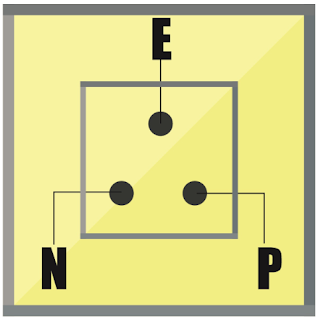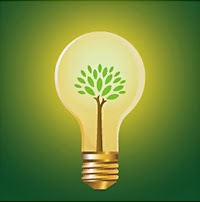The growth of the
global gas genset market and its future trends is of great importance to all the players
in the industry. Here is a snapshot of things to come.
During the period
2018 to 2023, the growth was predicted to be a steady 5%.
Growth contributors
and inhibitors:-
Since the global
genset market is ruled by diesel gensets that are increasingly being regulated because of their emissions, gas gensets that are not environmentally toxic are expected to
benefit from these developments.
Also, the gap between
supply and demand of electricity will have a positive demand for gas gensets. Gas
gensets can be used in a variety of industries, do not have emissions and are
used as a backup when electricity fails - these factors make them even more
popular. Add the volatility of oil prices and you have a scenario that looks quite
bullish for the gas gensets industry.
Gas Genset Market Segmentation :-
The gas gensets industry can be categorized according to fuel, power rating,
application and end-user.
The fuel category can
be further subdivided into bio-gas, natural gas, and others. Natural gas is the leader in the market in this subcategory
thanks to easy availability of natural gas across many geographies.
Under power rating,
we have ratings up to 100 kVA, 100-350 kVA, 350-1000 kVA, and more than 1000
kVA.
The Application-based
sub category includes Peak Sharing, Continuous and Standby. Standby is leading
since 2017 and is expected to dominate soon.
In the end-user sub
category, the market for Residential gensets is expected to grow rapidly. The
other players in this category are Commercial and Industrial.
Regional
Markets:-
According to the MRFR
report, North America, APAC, Europe, the Middle East and Africa and South
America will demand the highest number of gensets.
Thanks to the
availability of natural gas, it’s low prices and demand USA continues to be
the biggest market for gas gensets.
Rapid industrialization in countries such as India and China will also lead to a high
demand for gas gensets in APAC markets. Stringent regulations on
greenhouse gas emissions, inadequate power supply will boost demand in these
markets.
In Europe, rising
demand for eco-friendly gensets and rigid regulations are creating demand for
gas gensets.
Significant Players:-
According to the MRFR
report, the key players in the category are Mahindra Powerol, Cummins, MTU On-site Energy, Caterpillar, General
Power Systems, Siemens, AG, GE, ABB and others.
Mahindra Powerol deals in gas gensets that are
extremely efficient and robust.
To know more about our products and the
industries we cater to visit our website at: - www.mahindrapowerol.com or call us at 1800-419-1999





















.jpg)




